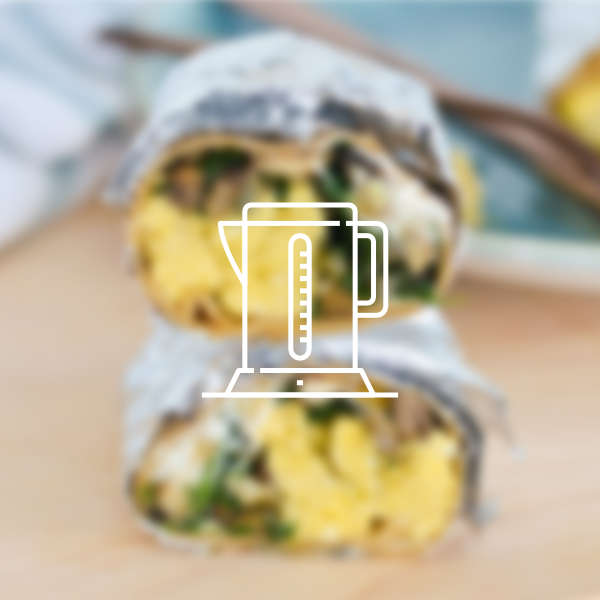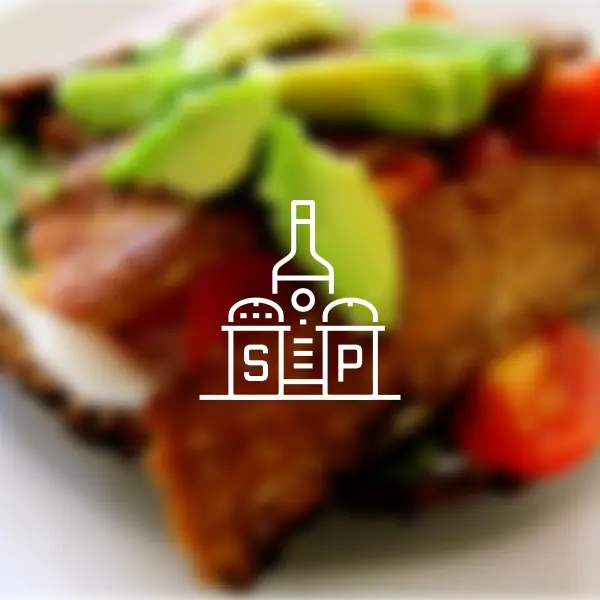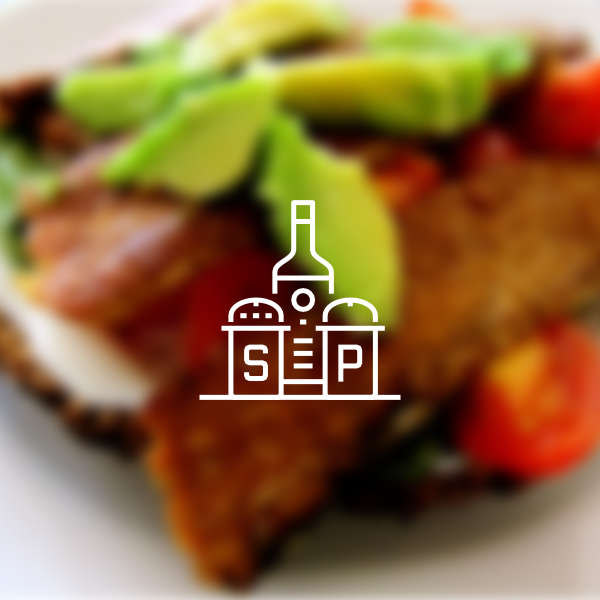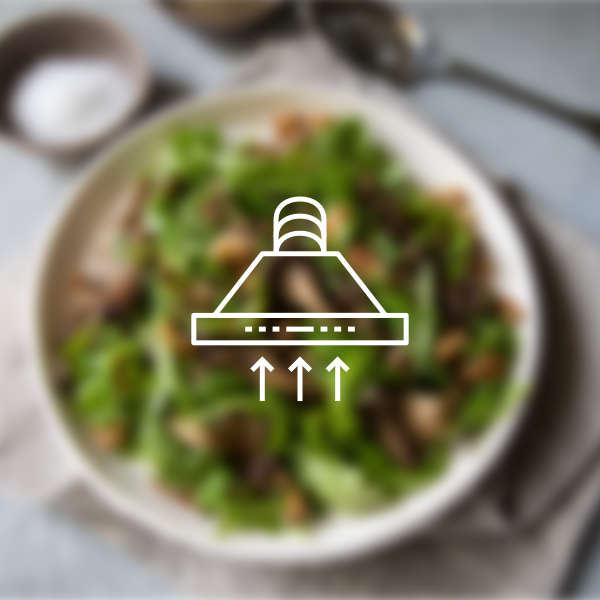Fish/50 recipes
by ingredients, cooking time, nutrition facts, collections
2,898 FISH/50 recipes

Here is how Boston chef William Poirer makes red chowder, and it is good enough to convert the most diehard white chowder fanatic.

Yummy Bouillabaisse recipe

Very Garlic Shrimp with Tomato and Cucumber recipe

Tataki is a typical Japanese preparation in which beef (or fish) is seared on the outside, left very rare inside, thinly sliced and served with a citrusy soy sauce. This recipe delivers the citrus flavour from ponzu with a hint of heat from chilli and wasabi.

Kedgeree is a traditional British breakfast food originating in India. Made with smoked haddock, a lean white fish high in protein, it is subtly spiced. Consider using unsmoked fish and substituting brown rice for the traditional white basmati.

A delicious Thai flavor chicken dish satisfies everyone's appetite.

This nutrient-packed side dish is perfect alongside any main dish - fish, meat or poultry.

Low in fat, butternut squash contains significant amounts of dietary fiber, making it an exceptionally heart-friendly choice. It also contains potassium, important for bone health, and vitamin B6, essential for the proper functioning of both the nervous and immune systems. Importantly, the squash is very rich in beta-carotene (which your body automatically converts to vitamin A), which has been shown to protect against breast cancer and age-related macular degeneration, among other health benefits. If that was not enough, a single cup serving provides nearly 50% of the daily recommended dose of vitamin C.

Choose wild salmon to reap the health benefits of this fatty fish. Wild salmon is easily identifiable as its flesh is bright red and contains very little fat (very thin white stripes in the flesh). Since wild salmon swim in the wild eating what nature intended them to eat, their nutritional profile is more complete. Farmed salmon, by comparison, are fed an unnatural diet of soy and corn (never found naturally growing in the ocean!) along with chicken and feather meal. This unnatural diet means that the nutritional content of farmed salmon is markedly different from the wild variety. In particular, its omega-3 fatty acid content is much lower. Farmed salmon also contain a lot more fat (since they can't swim around as freely) and are often carriers of toxic viruses.

An antipasto platter.



